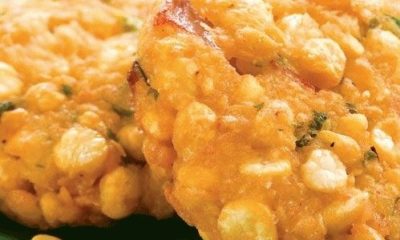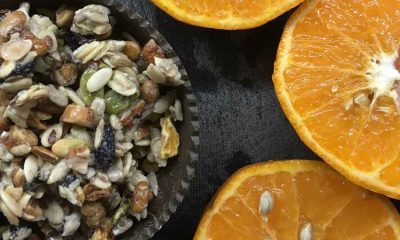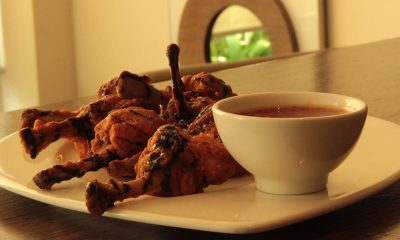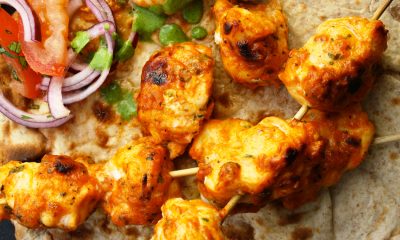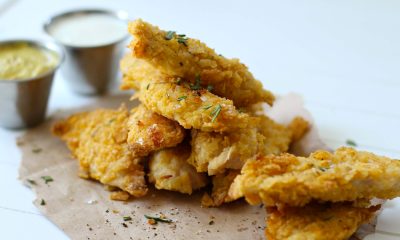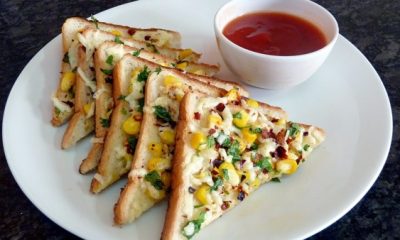India
Can The Humble Khakhra Replace Biscuits In India?
Khakhra, or the Indian tortilla, is a chapati-like cracker made with wheat flour. It is a staple snack in Gujarati and Jain homes, usually devoured at breakfast or for a quick snack while on-the-go. To put it simply, khakhra is to the two communities what tea biscuit is to the Brits.
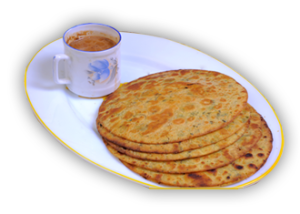
Khakhra is not our cup of tea yet, biscuits are. And in order to change that view, engineer and businessman, HSM Foods International’s managing director, Sanjay Maniar, from Rajkot in Gujarat wants to make khakhra as habitual as biscuits like Good Day and even Parle G, in India.
HSM Foods operates in a highly unorganised segment. The khakhras we usually consume come in plastic bags with a price sticker slapped on it. No label. No brand. The few branded khakhra makers that do exist enjoy iconic status and a loyal fan base, but are, at the end of the day, mainly community brands.

The company began operations in 2001, after Maniar employed 25 women to make handmade khakhras in a village outside one Gujarat’s cities. Initially the khakhras were destined for international shores, where many a person was starved for a taste of home. Later, he turned his focus to the domestic market that accounts for 80% of Maniarr’s business today.
At the moment, his goal to make khakhra a national snack is also overly ambitious, considering a supply shortage, which prompted Maniar to stop all advertising, mainly ads in regional newspapers, and begin night production runs. Distribution and marketing is where regional foods makers and brands stumble most often.
Despite that, his biggest endeavour is to make a brand out of a commodity. according to Future Group’s Devendra Chawla. Maniarr could succeed and take the snack food market by storm in 10-15 years if the company gets supply of a consistently good quality, hygienic, and well-packaged product, and its distribution in place, and backs it up with high-decibel marketing.

